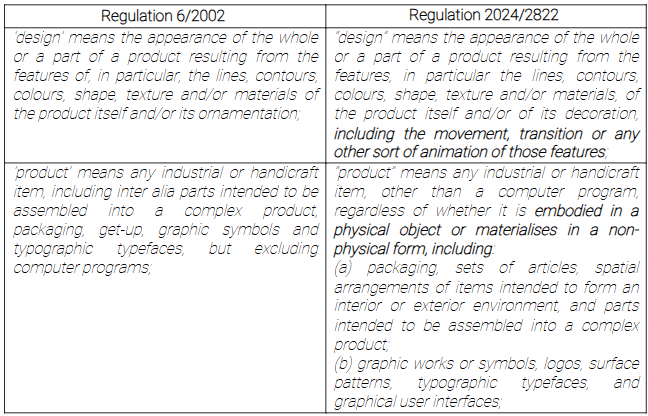New stage of design protection in the EU
On the 23rd of October 2024, the European Parliament and the Council adopted Regulation 2024/2822 amending Regulation 6/2002, which introduces a number of changes to the EU design protection system. On the 18th of November 2024, Directive (EU) 2024/2823 of the European Parliament and of the Council of the 23rd of October 2024 on the legal protection of designs was also published in the Official Journal of the EU. A significant part of the new regulations will apply from the 1st of May 2025. The remaining regulations, which mainly introduce procedural changes, such as i.a. regulations concerning the invalidation of the EU design or regulations concerning the examination of the formal requirements of the application, will apply from the 1st of July 2026.
New terminology and definitions
One significant change is that the terms ‘registered Community design’ and ‘unregistered Community design’ have been replaced by ‘registered EU design’ and ‘unregistered EU design’. This modification, resulting i.a. from the Lisbon Treaty, allows for the unification of definitions concerning the protection of industrial property throughout the Union.
The new regulations also introduce new definitions of a design and a product that can be the subject of protection. The detailed differences are shown in the table below.
The new definition clearly states that a product is not only a tangible but also can be non-tangible, which will allow the protection of new products such as animation.
Furthermore, according to the added Article 26a, the holder of a registered EU design may inform the public that the design is registered by displaying on the product in which the design is incorporated or to which it is applied the letter D enclosed within a circle. A similar option is available to the trademark proprietors, who can place the symbol: ® next to their registered trademark.
Changes to the scope of protection
According to Article 18a added by Regulation 2024/2822 protection shall be conferred for those features of the appearance of a registered EU design which are shown visibly in the application for registration. Design features of a product do not need to be visible at any particular time or in any particular situation of use in order to benefit from design protection. An exception to that principle applies to the design protection of component parts of a complex product that need to remain visible during normal use of that product (par. 13 of the preamble to Regulation 2024/2822).
According to Article 19(2)(d) as amended by Regulation 2024/2822, the holder of an EU design may prohibit such acts as: creating, downloading, copying and sharing or distributing to others any medium or software which records the design for the purpose of enabling a product in which the design is incorporated or to which the design is applied. The aim of the amendment was to extend the right to an EU design and to include 3D printing as an exclusive right conferred by the design.
Changes to the limitations of exclusive right
Regulation 2024/2822 introduces new limitations to EU design rights. The rights conferred by an EU design shall not be exercised in respect of:
- acts carried out for the purpose of identifying or referring to a product as that of the design right holder;
- acts carried out for the purpose of comment, critique or parody.
Article 20a, added by Regulation 2024/2822, also establishes clear rules for the application of the so-called repair clause. It has been decided that protection shall not be conferred on an EU design which constitutes a component part of a complex product upon whose appearance the design of the component part is dependent, and which is used for the sole purpose of the repair of that complex product so as to restore its original appearance.
Application process and fees
The amendment provides a number of changes to the registration process for EU designs. The most important ones include:
- all applications must be submitted exclusively through EUIPO, i.e. it is not possible to apply through a national office;
- the means of notification and communication should be electronic only;
- facilitating the filing of multiple applications for registered EU designs by allowing applicants to combine designs in one application without being subject to the condition that the products in which the designs are intended to be incorporated or to which they are intended to be applied all belong to the same class of the Locarno Classification (limit of 50 designs per application).
Another change is the significant increase in fees for the renewal of design protection. A particular increase applies to the third (increase of €250) and fourth (increase of €520) renewals of the protection period. In addition, the publication fee has been removed. However, the total amount of the design application fee will not change and will remain at €350.
These improvements are intended to make the system more transparent and efficient.
Summary
Regulation 2024/2822 is a significant step towards modernising the system of design protection in the European Union. In particular, a key change is the new definition of a product, which can also be in a non-physical form. The changes are intended to adapt the regulations to the requirements of the modern market, technological progress and the needs of small and medium-sized enterprises (SMEs).
See more:
The complexity and high level of subjectivity in assessing the likelihood of confusion based on three recent CJEU judgements
A likelihood of confusion exists when consumers can be misled into believing that goods or services bearing the opposing trademarks originate from the same company or from economically linked companies. It is assumed that the assessment of the likelihood of...
Overview of CJEU case law from 12 April 2025 to 4 May 2025
Below we present an overview of CJEU case law concerning intellectual property for the period from 12 April 2025 to 4 May 2025. T-338/24 - Mobility Trader v EUIPO - Cala and Ruiz (hey car select) - The case concerned opposition proceedings (likelihood of confusion). -...
Polish Patent Office confirms broad monopoly of a word trademark (decision of the Polish Patent Office of 15 April 2025 in case Sp.180.2023)
On the 31st of July 2014, a Polish company Browary Regionalne Jakubiak sp. z o.o. filed an application with the Polish Patent Office for a device trademark including word SMOK [EN dragon] for goods in class 32, i.e. beer, non-alcoholic beer. (R.275353, registered on...

